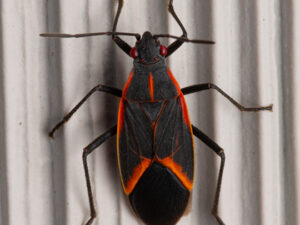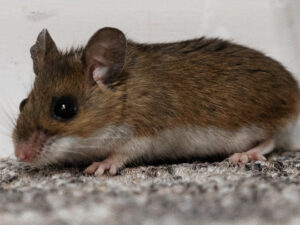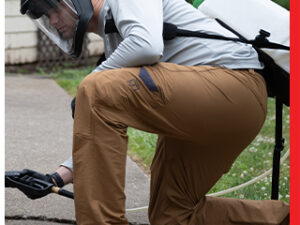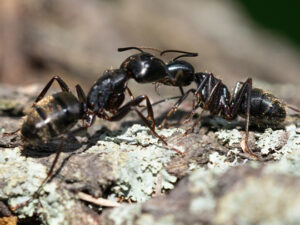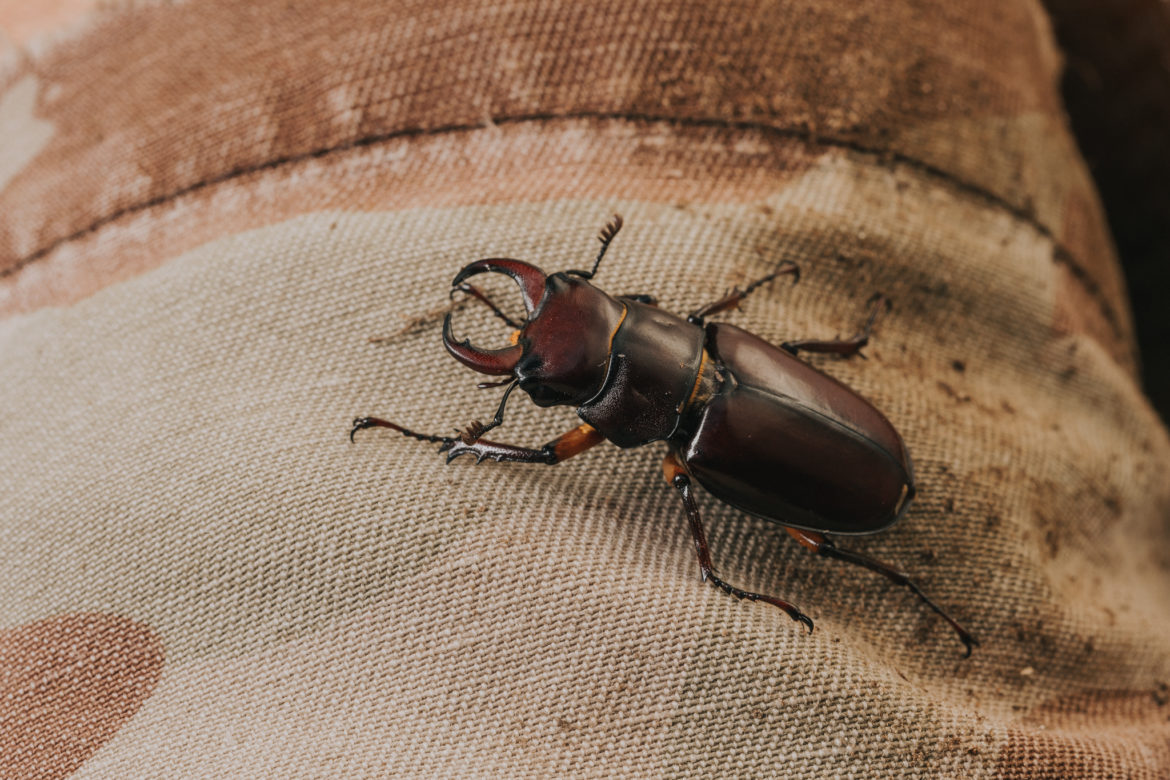
Beetles are the most species-rich group of insects that exist, with wasps coming in second. In fact, beetles account for one quarter of all animal species on earth, as 350,000 beetle species have been documented, and many more have yet to be discovered. Numerous beetle species are considered pests to lawns, gardens, homes and trees located in both forested and urban areas, the invasive Asian longhorned beetle being one of the most notable. The Japanese beetle is another invasive species that has become a destructive pest to turf grass and foliage in residential areas in the northeast. In recent years, the non-native Asian lady beetle has become one of the most common nuisance pests in neighborhoods where massive numbers invade homes during the fall in order to overwinter. Multiple wood-boring beetles, such as powderpost beetles and old house borers, nest within structural wood, resulting in costly home repairs. However, carpet beetles may be the most common and economically damaging indoor beetle pests, as they eat away at a variety of indoor fabrics and are capable of reproducing within homes.
The most common carpet beetle pest species in upstate New York include furniture and varied carpet beetles. Adult carpet beetles, no matter the species, grow to be between 1/16 and ⅛ of an inch in length and have a hairy and/or scaly appearance. Only carpet beetle larvae inflict damage to indoor fabrics, and they can be recognized for their caterpillar-like appearance and their ⅛ to ¼ of an inch body length. In addition to carpeting, carpet beetles feed on curtains and any fabric containing keratin, which is a fibrous animal protein found in wool, fur, felt, silk, feathers, skins, and leather. In order to prevent carpet beetle infestations, clothing should be dry cleaned or laundered before being stored, as the pests are attracted to perspiration that accumulates on dirty clothing. Regularly vacuuming rugs and carpets will remove lint that attracts carpet beetles, and if clothing or rugs become infested, drying the items on high heat for at least 20 minutes will kill eggs and larvae. In many carpet beetle infestation cases, professional pest control intervention is necessary.
Have you ever put insect-infested fabrics through a dryer cycle in order to eliminate insect pests? If so, did the method work?

